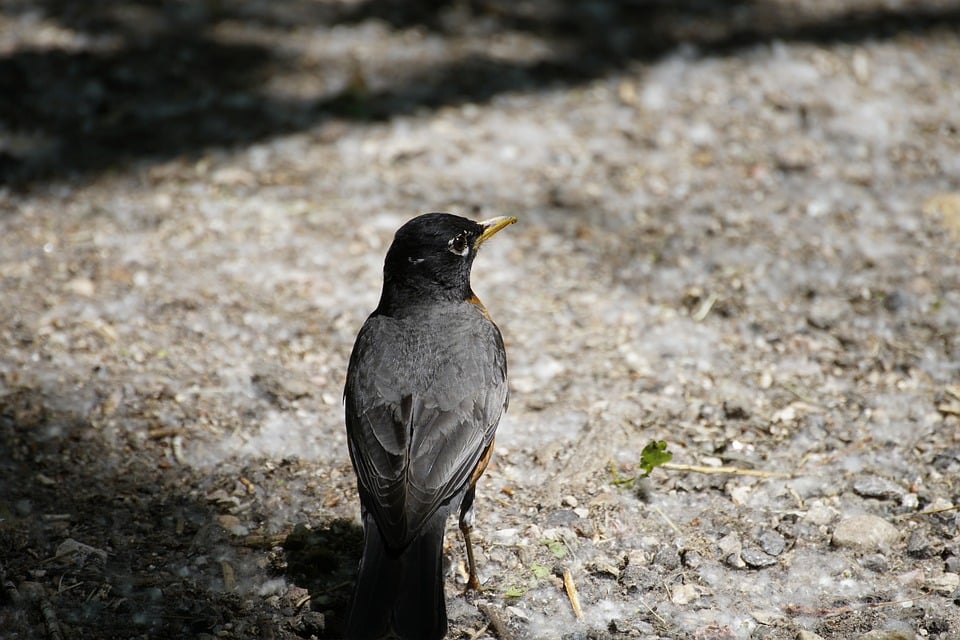[ad_1]
In a world full of diverse cultures and traditions, it is fascinating to explore the various beliefs and superstitions that have been passed down through generations. These beliefs, often rooted in history and folklore, play a significant role in shaping the identities and practices of communities around the globe. From the way people approach everyday tasks to the rituals performed during important life events, cultural beliefs and superstitions are deeply ingrained in society.
Understanding the Historical Context
The origins of cultural beliefs and superstitions can be traced back to ancient times when people relied on stories and myths to explain natural phenomena and navigate the unknown. In many cultures, superstitions were born out of a desire for protection and good fortune, with rituals and practices developed to ward off evil spirits or attract blessings. Over time, these beliefs became intertwined with traditional customs and rituals, shaping the way people interact with the world around them.
Some of the most well-known superstitions have their roots in historical events or religious practices. For example, the belief in carrying a lucky rabbit’s foot can be traced back to ancient Celtic traditions, where rabbits were associated with fertility and prosperity. Similarly, the superstition of breaking a mirror bringing seven years of bad luck is believed to have originated in ancient Rome, where mirrors were considered to be portals to the soul.
The Current State of Cultural Beliefs and Superstitions
In the modern world, cultural beliefs and superstitions continue to thrive, despite advances in science and technology. While some may dismiss these traditions as mere superstition, they hold a special significance for many people who see them as a way to connect to their heritage and culture. In some cases, these beliefs are also used as a form of social cohesion, bringing communities together through shared values and practices.
In today’s globalized world, cultural beliefs and superstitions are no longer confined to one region or community. Thanks to the internet and social media, these traditions are being shared and exchanged across borders, leading to a rich tapestry of beliefs that transcend cultural boundaries. This global exchange of beliefs has also led to the emergence of new superstitions and practices, blending traditional customs with modern influences.
Future Predictions and Trends
As we look to the future, it is clear that cultural beliefs and superstitions will continue to evolve and adapt to changing times. With increased connectivity and cross-cultural exchanges, we can expect to see a further blurring of boundaries between different belief systems, leading to a fusion of traditions and practices. This trend towards cultural exchange may also give rise to new superstitions and beliefs that reflect the complexities of our interconnected world.
In addition, the growing interest in alternative spirituality and holistic practices is reshaping the way people engage with traditional beliefs and superstitions. Practices such as astrology, crystal healing, and energy cleansing have gained popularity in recent years, offering new ways for individuals to connect with the spiritual realm and seek guidance in their lives. This trend towards spiritual exploration is likely to influence the way cultural beliefs and superstitions are perceived and practiced in the future.
Conclusion
In conclusion, cultural beliefs and superstitions are an integral part of human society, offering insight into the values, fears, and aspirations of different communities around the world. As we navigate an increasingly complex and interconnected world, these traditions serve as a source of comfort and guidance, connecting us to our past and shaping our future. By embracing the rich tapestry of beliefs that exist across cultures, we can gain a deeper understanding of our shared humanity and appreciate the beauty of diversity.
Thank you for taking the time to explore this topic with us. We hope that this article has offered you a valuable insight into the fascinating world of cultural beliefs and superstitions. If you are interested in learning more about this topic, we encourage you to explore further resources and engage in discussions with experts and practitioners in the field. Happy exploring!
[ad_2]
